
SMFM Consult Series #56: Hepatitis C in pregnancy: updated screening, treatment, and management guidelines.

SMFM Consult Series #56: Hepatitis C in pregnancy: updated screening, treatment, and management guidelines.

Download a visual summary of SMFM Consult Series #56: Hepatitis C in pregnancy: updated guidelines

Patient sues obstetrician, claiming ultrasounds were misread following intrauterine fetal demise because of undetected cord and growth restriction.

Put your knowledge to the test in honor of Prematurity Awareness Month.

Prenatal exposure to inorganic arsenic and coexposure to inorganic arsenic and cadmium was found to increase risk of atopic dermatitis by up to 2.42-fold in young Taiwanese children.
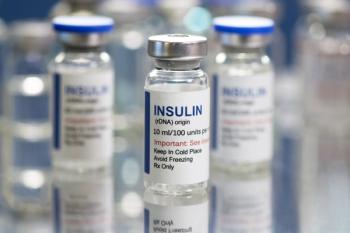
An abstract presented at CHEST 2021 showed that women who entered pregnancy with sleep-disordered breathing were associated with higher levels of insulin resistance and potential risk of gestational diabetes.
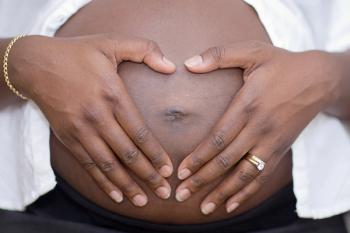
Socioeconomic and ethnic inequalities among women in England were responsible for adverse pregnancy outcomes such as stillbirths, preterm births, and births with fetal growth restriction, with the largest inequalities among Black and South Asian women.
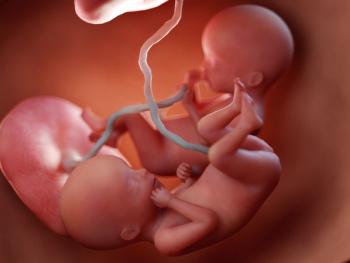
A recent study indicates that when born prematurely, twins may have some gains over singleton babies.

The study examines the impact of antirheumatic treatment on pregnancy outcomes in women with psoriatic arthritis.

Seqirus’s FLUCELVAX® cell-based quadrivalent influenza vaccine has been approved to expand the age indication to children as young as 6 months of age by the US Food and Drug Administration.
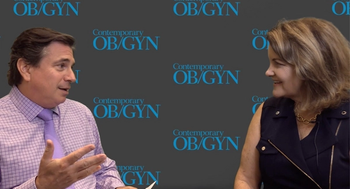
Barb Dehn, NP, discusses vaccine hesitancy, soy and estrogen receptors, and a hospital in Tanzania dedicated to improving women's health through quality health care and education in under-resourced communities.
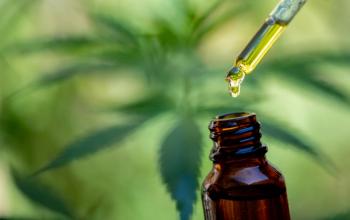
With growing public endorsement of the potential benefits of marijuana, it is important for health care providers to effectively counsel patients regarding its effects on fertility and future offspring.

The Texas abortion ban was reinstated Friday after the U.S. 5th Circuit Court of Appeals blocked a temporary injunction made by a federal judge earlier that week.

As the landscape continues to shift, 3 experts offer guidance on how to advise patients who may want to use this substance.

At the virtual 2021 American Academy of Pediatrics National Conference & Exhibition, Vivian Hernandez-Trujillo, MD, FAAP, FAAAAI, FACAAI, division director, Allergy and Immunology, and fellowship training program director, Allergy and Immunology at Nicklaus Children’s Hospital in Miami, Florida presents a session on best practices for preventing food allergies in newborns and infants.

According to new survey data from the National Foundation for Infectious Diseases (NFID), 44% of U.S. adults are unsure or do not plan to get the flu vaccine during the 2021-2022 flu season. The results also showed nearly 1 in 4 (23%) of people at high risk for flu-related complications, such as pregnant women, did not plan to get vaccinated.

The most restrictive anti-abortion legislation in the U.S., SB 8 bans almost all abortions after 6 weeks of pregnancy, even in cases of sexual assault, rape, and abuse. The ruling blocks enforcement of SB 8 temporarily and it is unclear how long it will be in effect.

The US Food and Drug Administration (FDA) has cleared Fortini™, a formula meant for the nutritional needs of term infants with failure to thrive.

The US Food and Drug Administration created a new category for ZetrOZ's Acoustic Medicine device.

A study in JAMA Network Open has found that prenatal analgesic opioid exposure of 5 or more weeks is associated with a slightly elevated risk of attention-deficit/hyperactivity disorder (ADHD) in children compared to exposure of 4 weeks or less.

Early exposure to peanuts has been shown to reduce the risk of peanut allergy. Is the same true with cow's milk?

On May 19, 2021, Governor Greg Abbott signed Texas Senate Bill 8 (also known as the Fetal Heartbeat Bill) into law with the statement that this will save lives in the state of Texas. This law is recognized as the most restrictive anti-abortion regulation in the United States today.

Skin-to-skin contact, sometimes called "kangaroo care," is a cheap, effective intervention to improve outcomes in preterm and low-birthweight infants.

Pregnant individuals with inadequate health literacy have a greater risk of cesarean delivery, major perineal laceration, small-for-gestational-age status and low birth weight, compared to individuals with adequate heath literacy, according to an analysis of data from a large, multicenter cohort study of nulliparous individuals in the United States.

As parts of the United States enact tough anti-abortion legislation, Mexico’s Supreme Court sets its own precedent.